AMPLE STRIKE 2016 - Náměšť nad Oslavou / Czech Republic
Update: 2019/12/08 by Robert Kysela / CHK6
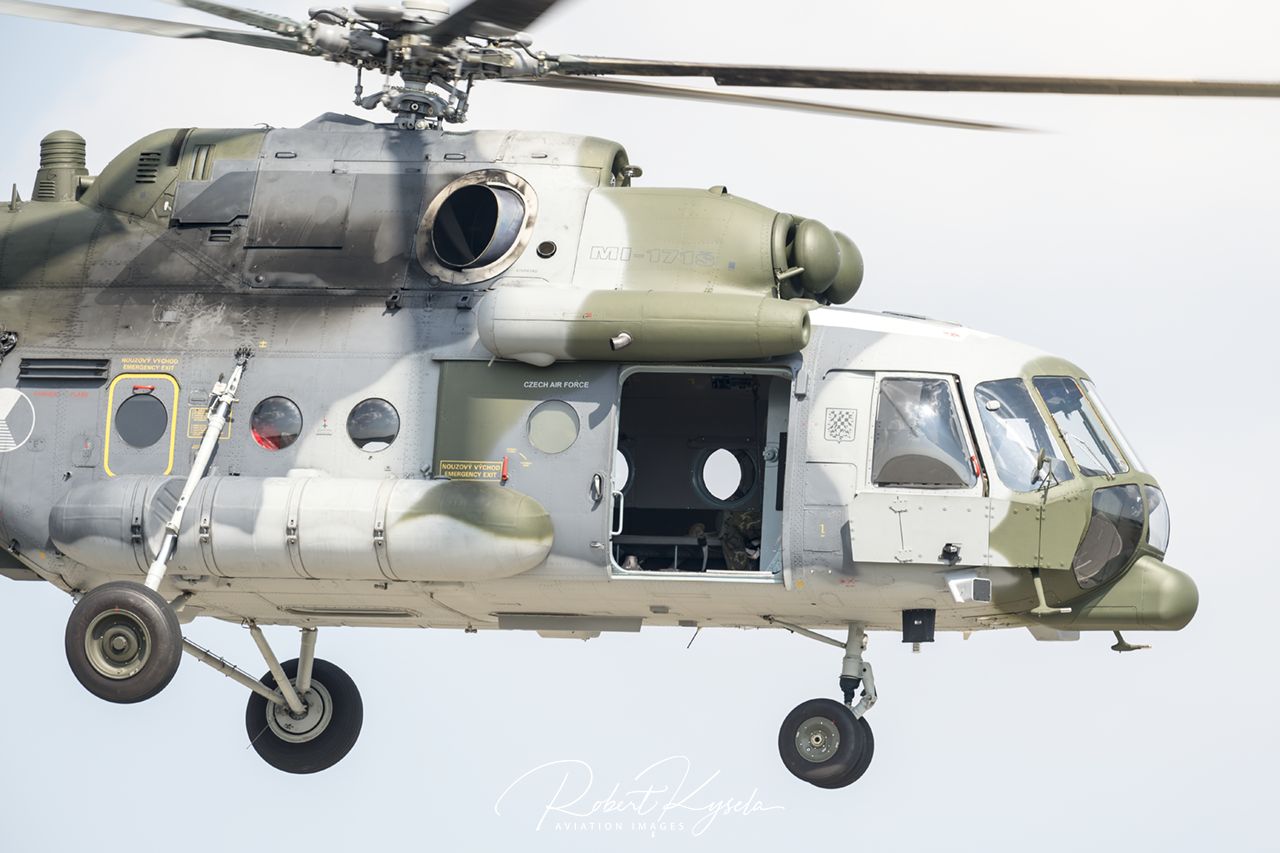
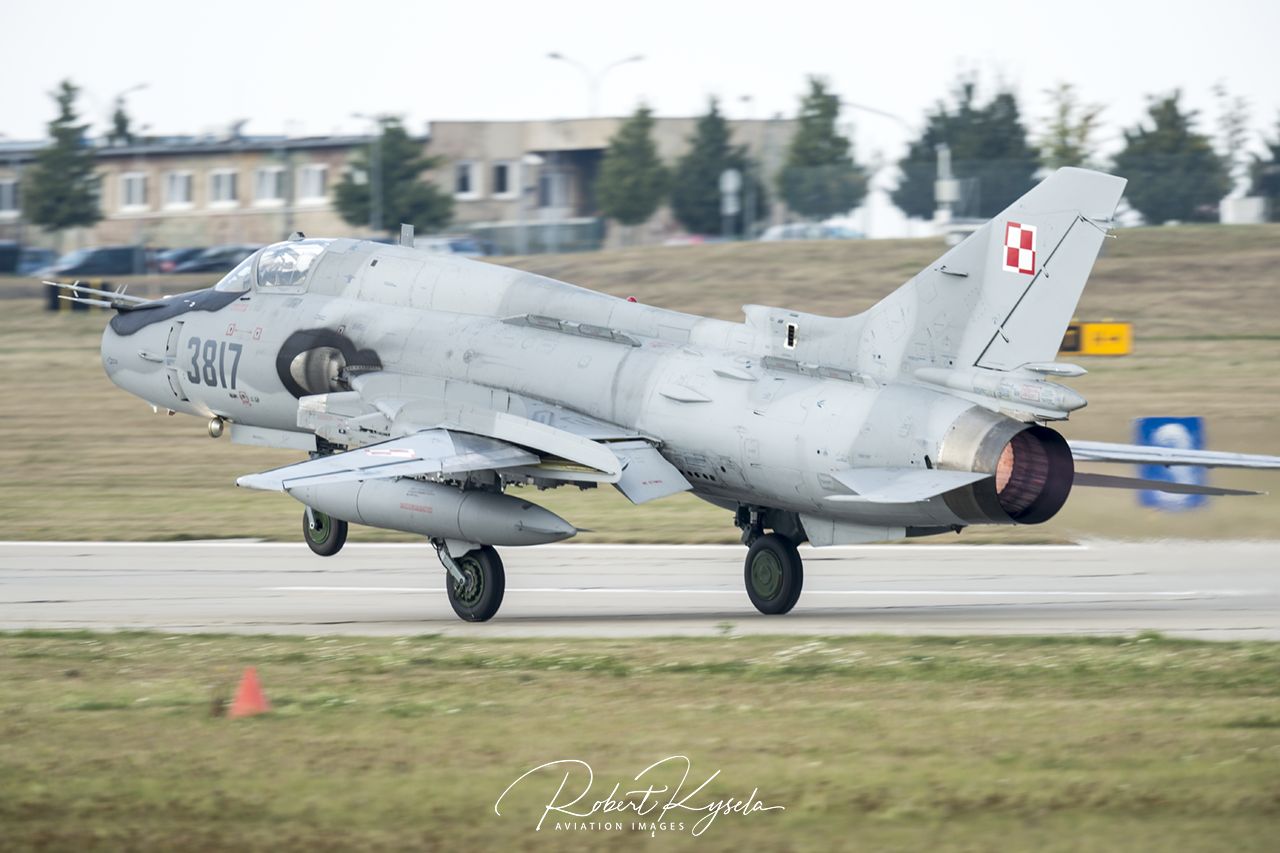
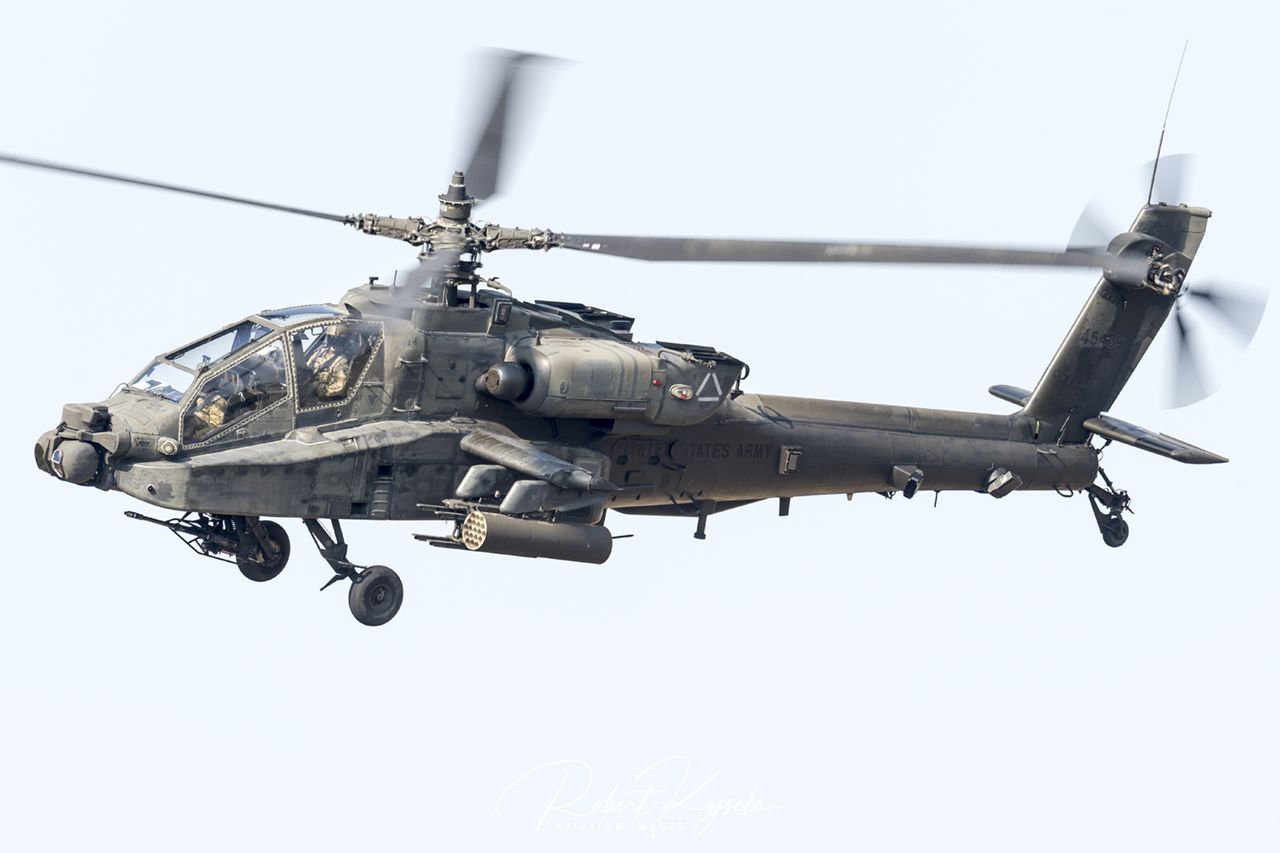
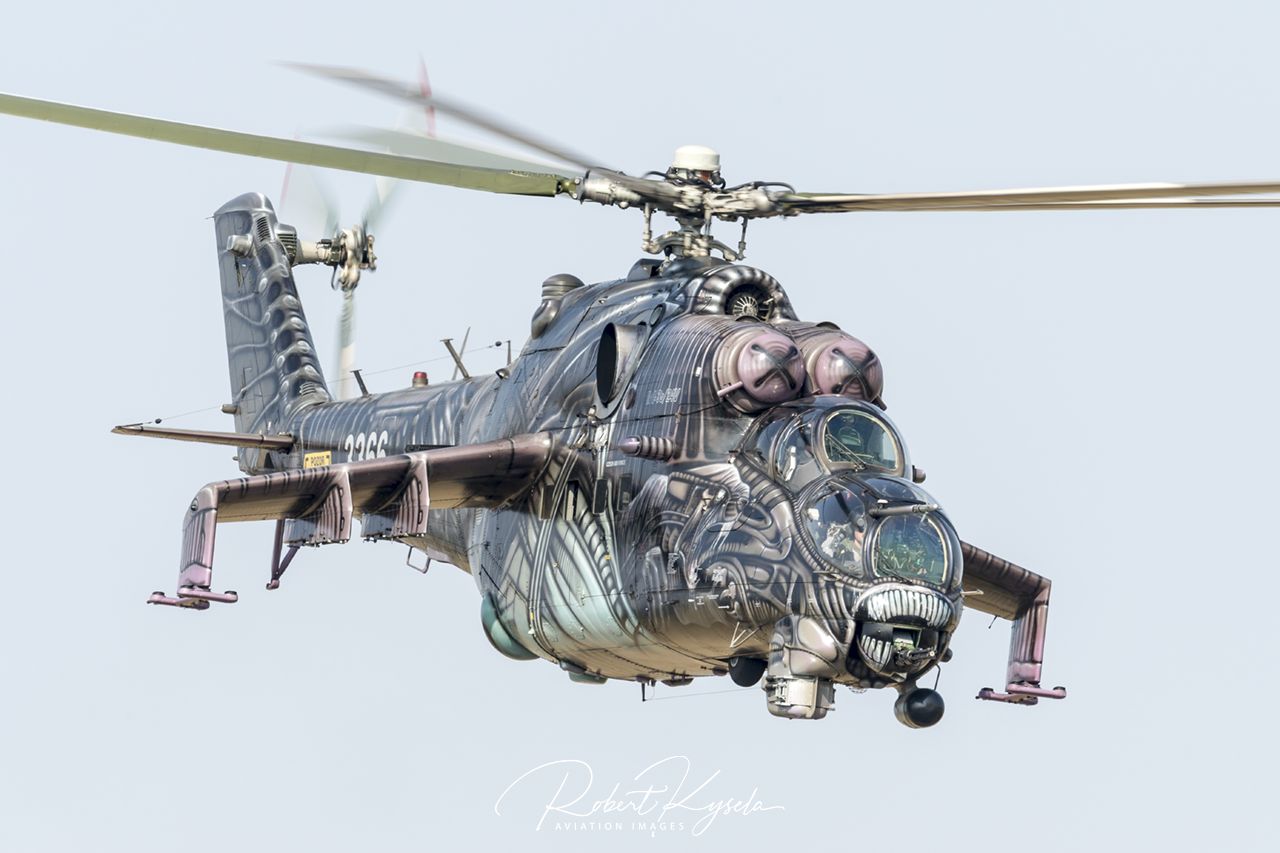
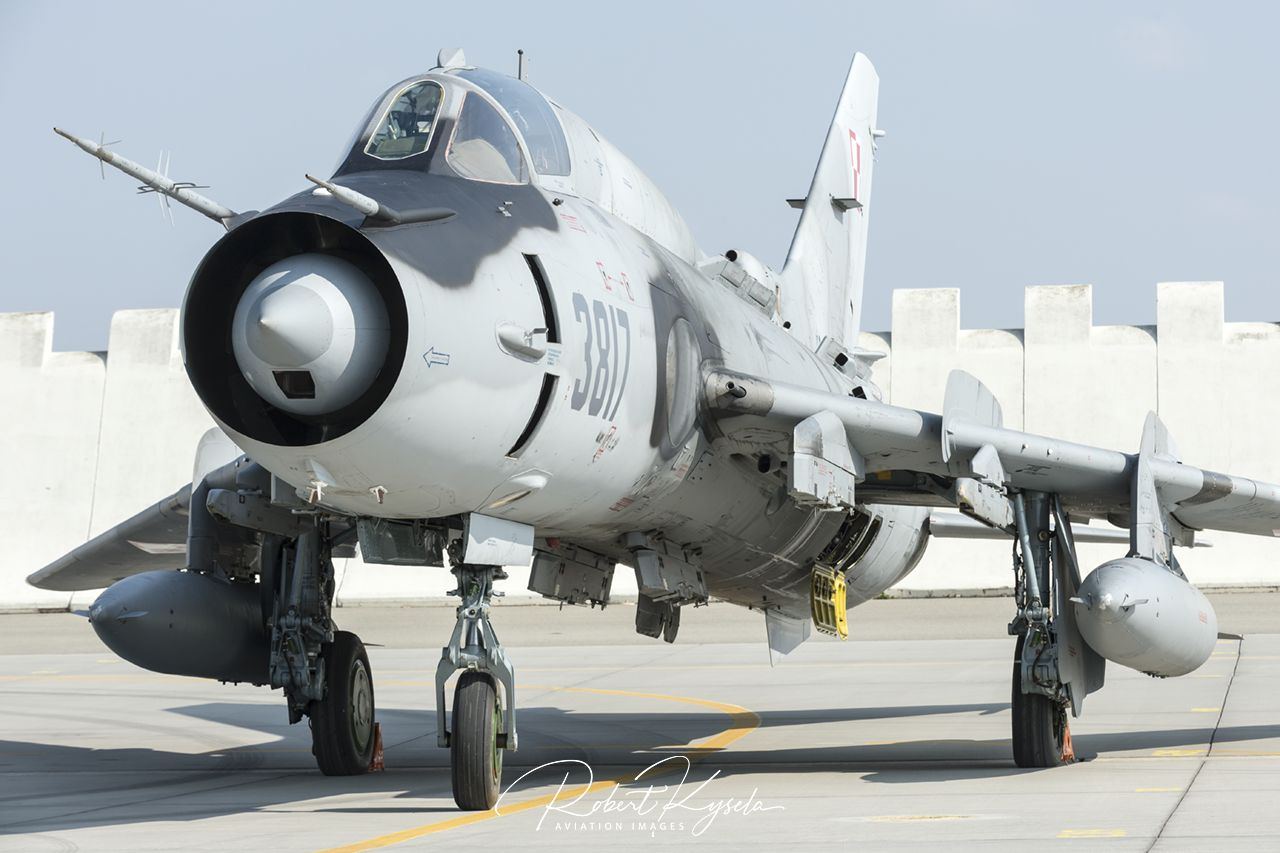
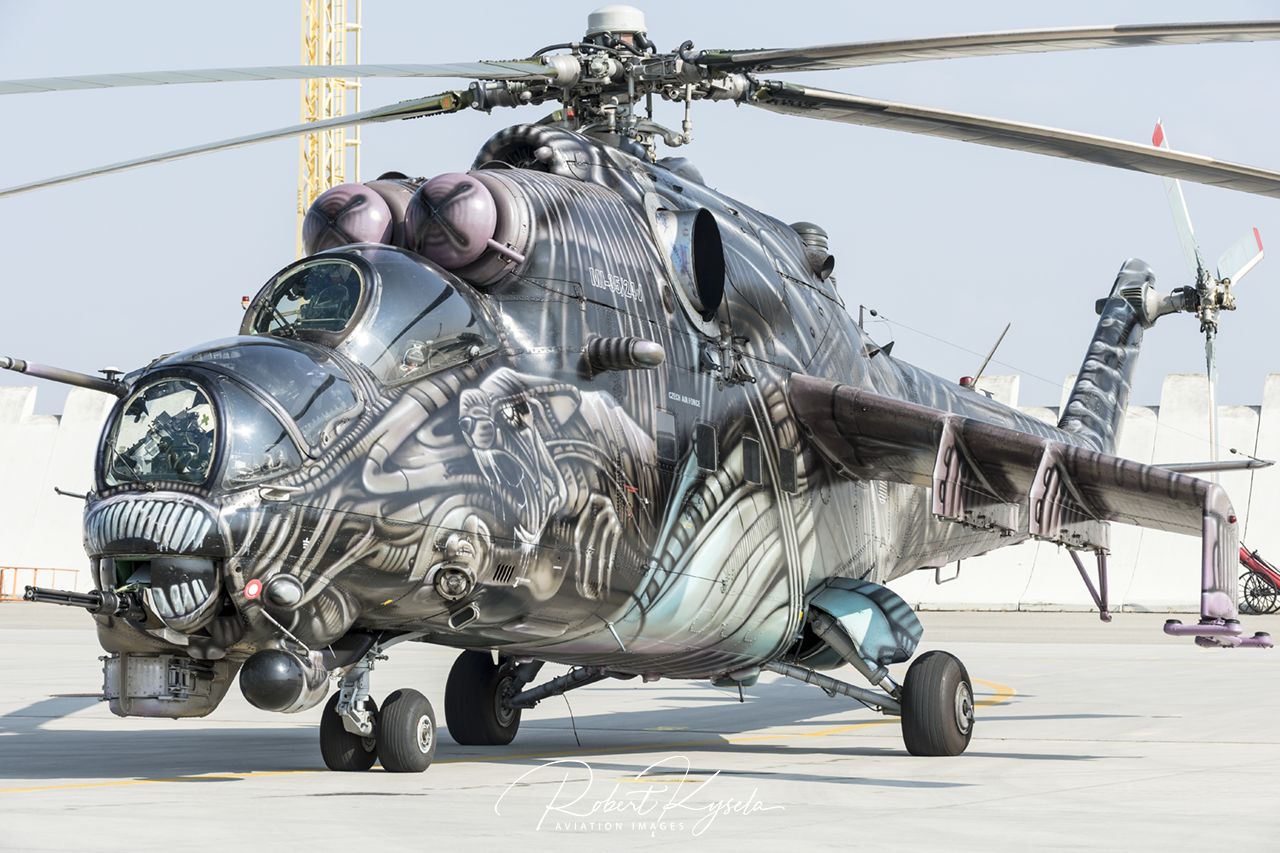
Air-to-ground missions executed by combat aircraft had and have one major shortcoming: the pilot often has a hard time recognizing the situation on the ground. The danger of dumping their ammunition accidentally on your own troops is one side and not hitting the right target the other. For this reason, a very special kind of soldiers were trained, who are in constant radio communication with the pilot and pass on these targets and, if necessary, target corrections: the Forward Air Controller / FAC. What sounds relatively simple and logical at first glance is a highly complex thing on the second. A FAC not only has to be able to position itself invisibly in close proximity to the front line, he must also understand the complexity of an aerial attack from a pilots point of view in order to pass on relevant information to the attacking pilot. For this reason, most FAC’s are also trained and experienced pilots.
To this day, the scope of FAC's has expanded steadily, the requirements are higher than ever before, the skill is extraordinary, the equipment used is absolutely sophisticated.
R. Kysela
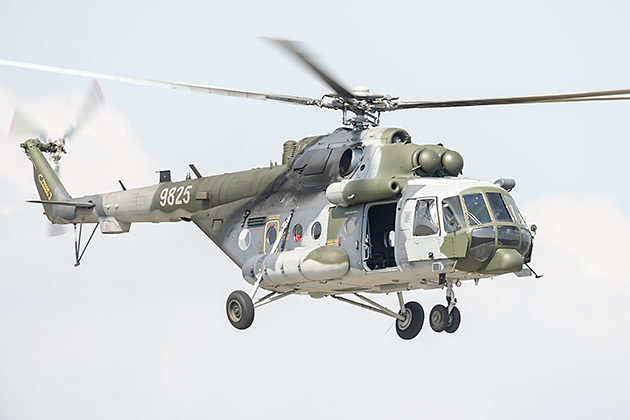
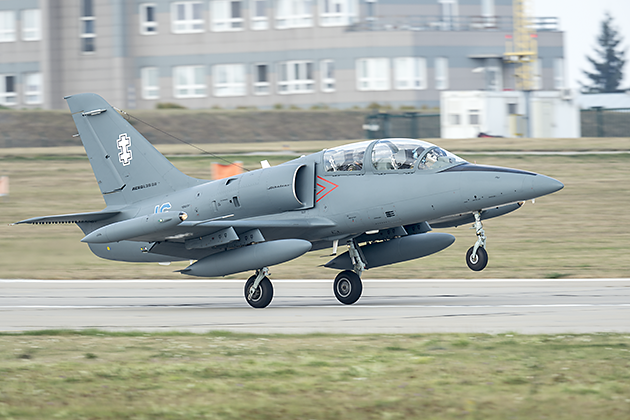
The system was developed before World War II. For the first time, the German Luftwaffe deployed trained pilots as so-called lead officers in their Stuka units (stuka = dive bomber), which coordinated the attacks from the ground. This concept was adopted a little later by the Royal Air Force and the USAAF. The use of FACs was then perfected in the Vietnam War – but here with the peculiarity that most FAC’s did not operate from the ground, but watched the battlefield in small aircraft and directed their comrades in the fighter aircraft from the air. To this day, the scope of FAC’s has expanded steadily, the requirements are higher than ever before, the skill is extraordinary, the equipment used is absolutely sophisticated.
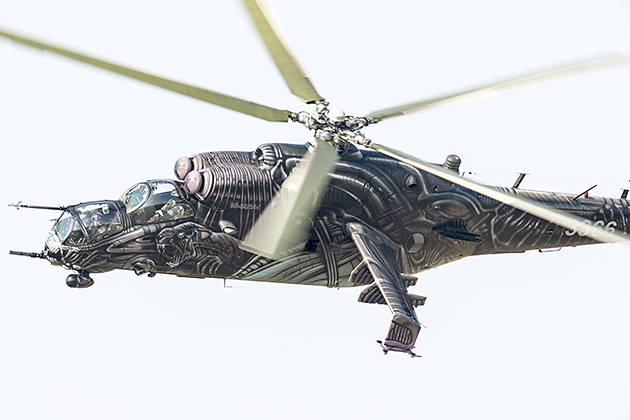
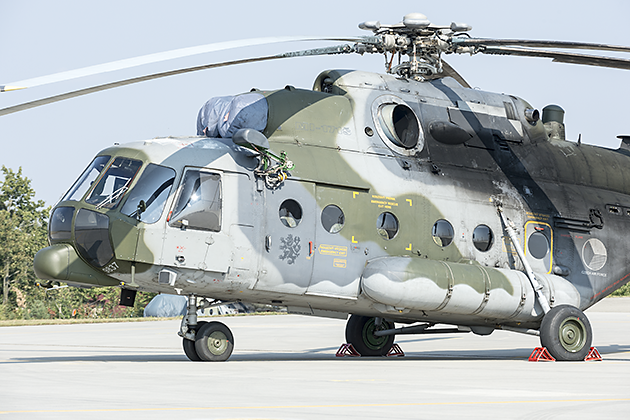
For the third time in a row, the AMPLE STRIKE excercise was conducted in the Czech Republic – a combined NATO maneuver aimed to train the skills of FACs and fighter pilots under realistic conditions, as well as practicing the interaction with comrades from other partner nations. From August 30, 2016 to September 20, no fewer than 1,500 soldiers from 17 different countries performed at no fewer than six different locations. The central command base was Náměšť Airbase (about 30 km north of Brno). This is the home of the 22nd Helicopter Squadron (consisting of the 221st and 222nd Helicopter Squadrons, as well as the 223rd Airplane Maintenance Squadron). The 221st Squadron operates 17 Mil Mi-24V combat helicopters (NATO Code: HIND-E), while the 222nd Squadron is equipped with Mil Mi-171Sh SOF II.
A special highlight was the participation of three Polish Sukhoi Su-22M4 (NATO Code: FITTER-K).
R. Kysela
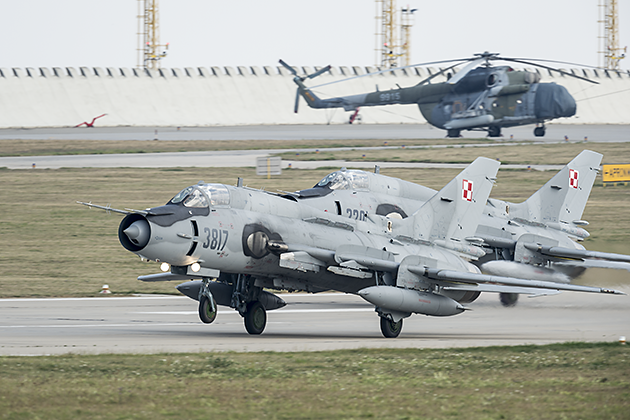
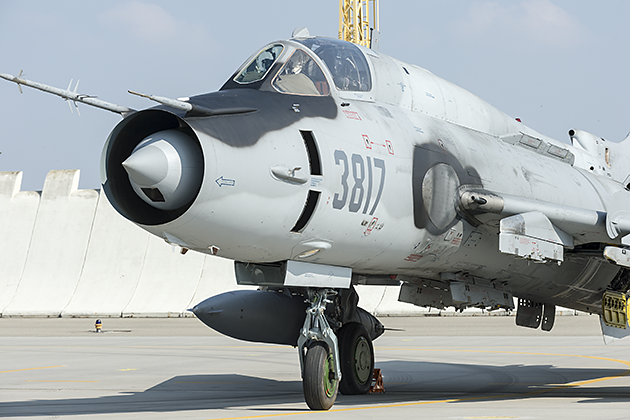
The air exercises took place in the period from 09.09. – 15.09.2016. Some of the participating aircraft were launched from Náměšť Airbase, with the remainder coming directly from their home bases (for example, USAF Rockwell B-1B LANCER and Boeing B-52H STRATOFORTRESS operated directly from their base at RAF Fairford). A special highlight was the participation of three Polish Sukhoi Su-22M4 (NATO Code: FITTER-K). Until 31.03.1994 the 20th Fighter / Bomber Air Regiment was stationed in Náměšť, which was also equipped with the Su-22M4. An aircraft of this type still stands in the entrance area of the Airbase in a small museum area, together with the other aircraft, which served in Náměšť
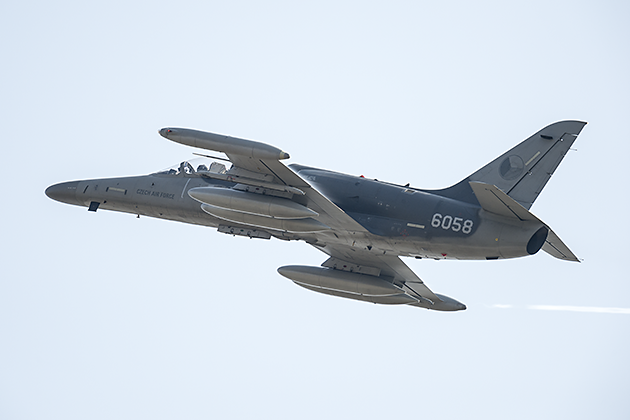
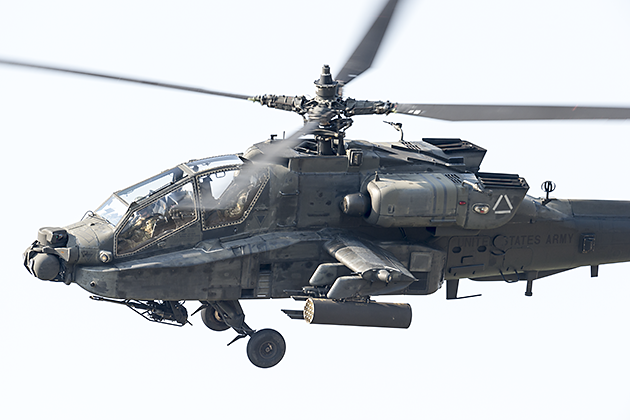
On September 17, the Public Relation board hosted a media and spotter day. Some 40 press representatives and an estimated 100 spotters used the opportunity to take a look behind the scenes. In addition to normal flight activities, a scenario of FAC deployment was demonstrated. The following aircraft / helicopters were involved: Saab JAS-39 GRIPEN (Cáslav AB, 211st Tactical Squadron); Aero L-159 ALCA (Cáslav AB, 212th Tactical Squadron), Mil-Mi 24V (Náměšť AB, 221st Helicopter Squadron) and a Boeing AH-64D APACHE (1-3 Attack Reconnaissance Battalion / USAG Ansbach). A group of Czech reservists acted as the “own forces” who had been ambushed and requested close air support.
Verdict: In times of a constantly growing threat situation by terrorists the interaction between ground troops and air forces is essential. For this reason, the US Armed Forces and their NATO partners have not only improved the equipment of the forward air controllers in recent years, but also invested heavily in training them. Part of this training has been carried out since 2014 in the Czech Republic (before that it was the RAMSTEIN ROVER Excerises in Germany). However, this combined maneuver is not only a good training base for the participating FACs (the number of FACs at the AMPLE STRIKE 2016 amounted to just 150 specialists), the pilots, as well as the commanders of the ground troops benefit from this experience. As a side effect, various anti-aircraft units of the Czech Armed Forces are also involved in the event, which not only benefit from the large-scale maneuver, but also make an important contribution.
Robert Kysela / CHK6

